Affiliate links on Android Authority may earn us a commission. Learn more.
Sony Xperia ZR review
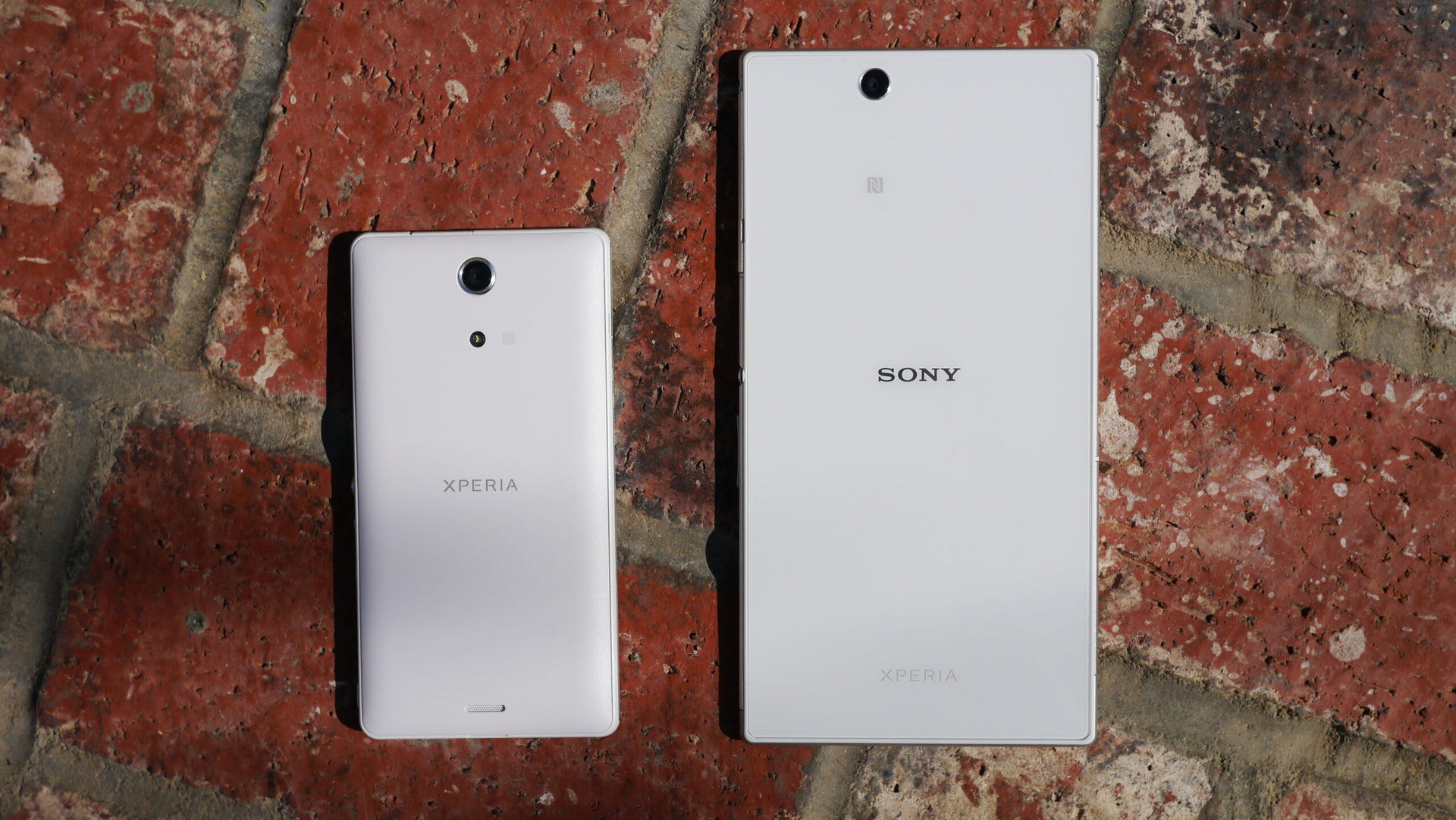
We just got through looking at the Sony Xperia Z Ultra, one of the biggest phones available today. If you were looking for something a little more manageable, another entry in the Xperia Z line is available as well.
If you want to get to the video review, you can jump to it via the menu on the left.
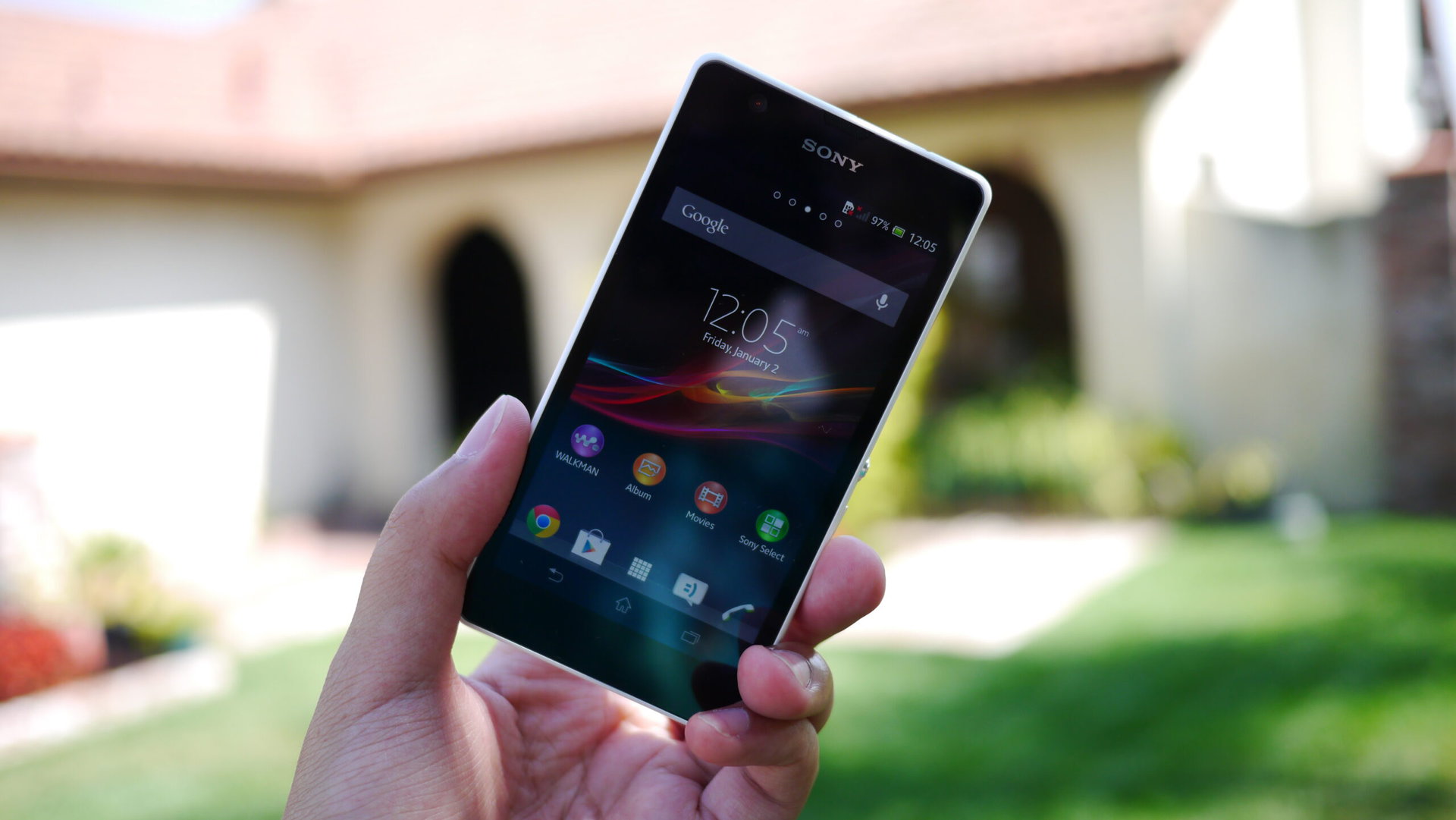
This can be somewhat considered the ‘mini’ edition of the Sony Xperia Z and Z Ultra, but, in a lot of ways, this is a phone that can certainly stand on its own.
- Colors: Black, white, pink, blue
- Processor: Snapdragon S4 Pro 1.5GHz quad-core
- Chipset: Qualcomm Snapdragon APQ8064
- CPU: Quad-core 1.5 GHz Krait
- GPU: Adreno 320
- RAM: 2 GB
- Dimensions: 5.15 x 2.63 x 0.40 inches
- Weight: 138 grams
- OS: Android 4.1.2 (upgrade to 4.2 available), Xperia UI
- Cameras: VGA front facing, 13.1 megapixel rear facing
- Display: 4.55 inch TFT capacitive screen, 16 million colours, 1280 x 720 pixels, 323ppi
- Storage: 8 GB onboard, expandable with microSD (up to 64 GB)
- Connectivity: aGPS, Bluetooth 4.0 wireless technology, NFC, Wi-Fi and WiFi Hotspot functionality
- Networks: UMTS HSPA+ 900 (Band VIII), 2100 (Band I) Mhz (not available in all markets), UMTS HSPA+ 850 (Band V), 1700 (Band IV), 1900 (Band II), 2100 (Band I) (not available in all markets), GSM GPRS/EDGE 850, 900, 1800, 1900 MHz
- Battery: 2300mAh removable unit
- Waterproofing and dust resistance: IP58 certification for water and dust resistance
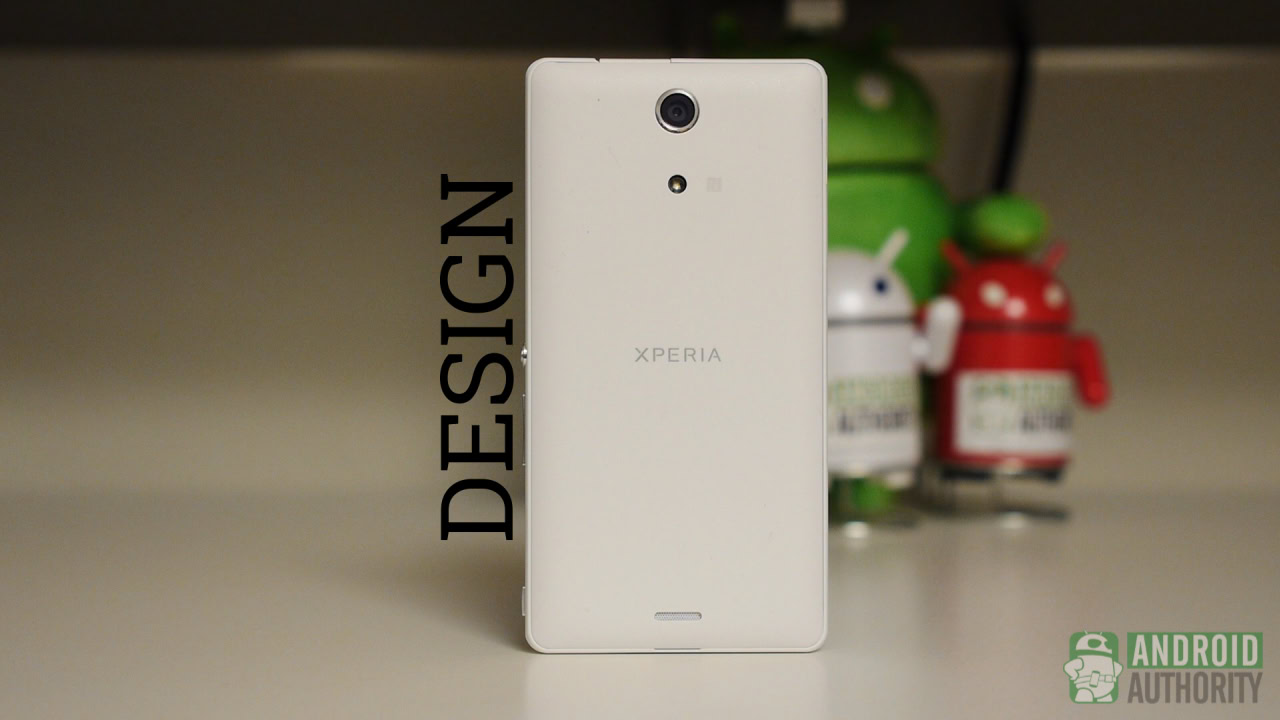
The ZR comes with a 4.55 inch screen and is all around an easier phone to handle than its bigger brethren. White plastic wraps around the screen, which simply has the Sony logo, phone speaker, and front facing camera up top. Below the screen is a notification light in the shape of a nice futuristic-looking line that was first seen in the Xperia ZL.
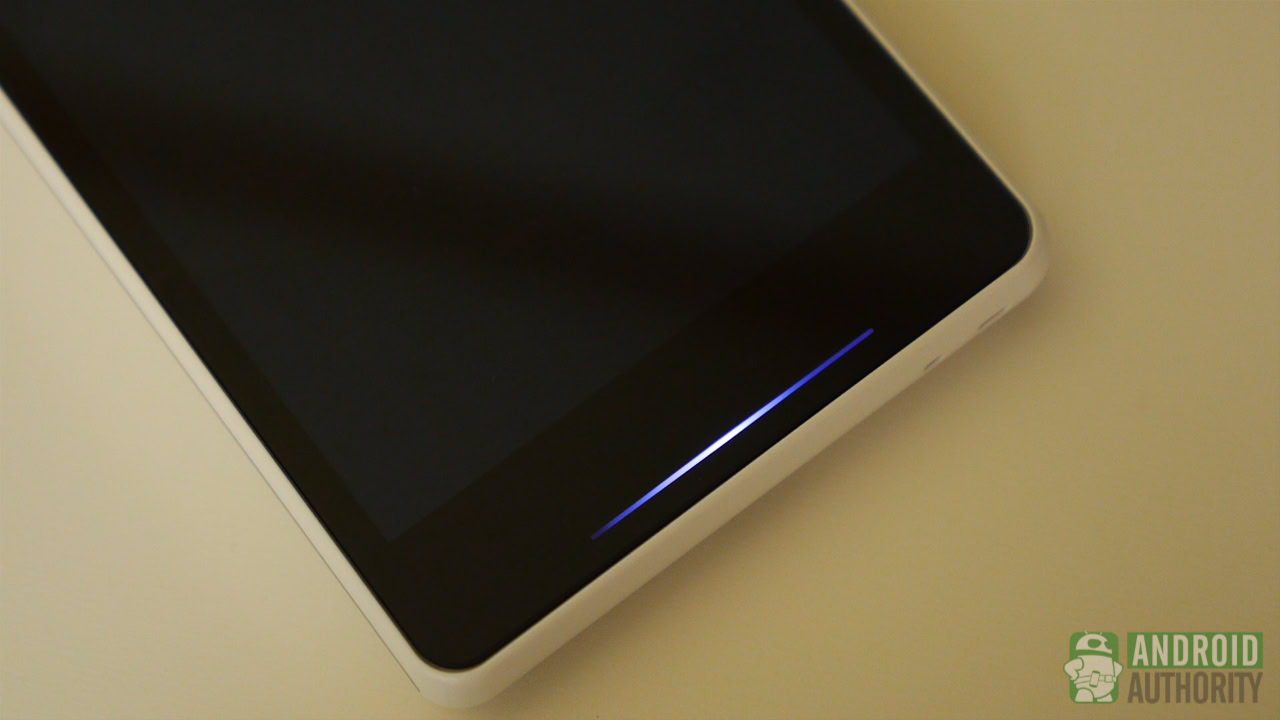
Around the sides, we have an accented gray color that also holds the button layout that has come to help define the Xperia line – the silver power button and volume rocker above an addition of a dedicated camera button. All of the buttons are small but manageable, though they are somewhat squishy and lack a tactile feel.
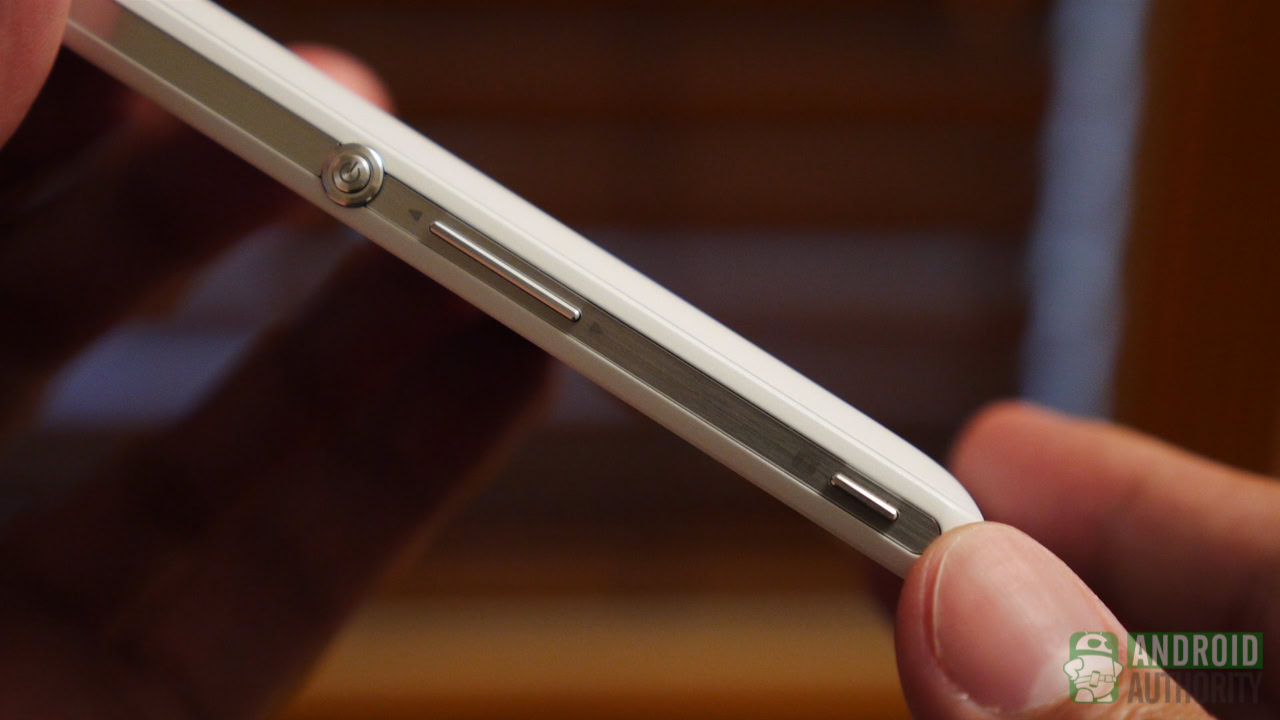
IP58 certification means that the headphone jack up top and the microUSB port on the side get small plastic covers. The back cover is removable and underneath it lie the SIM and SD card slots along with a removable battery. I do have to admit that it is a little odd to see these two important features available consistently in the midrange and not the top tier. Nonetheless, the cover is made of a simple plastic with no texture or design – just the Xperia name and the camera optics above with the flash diode.
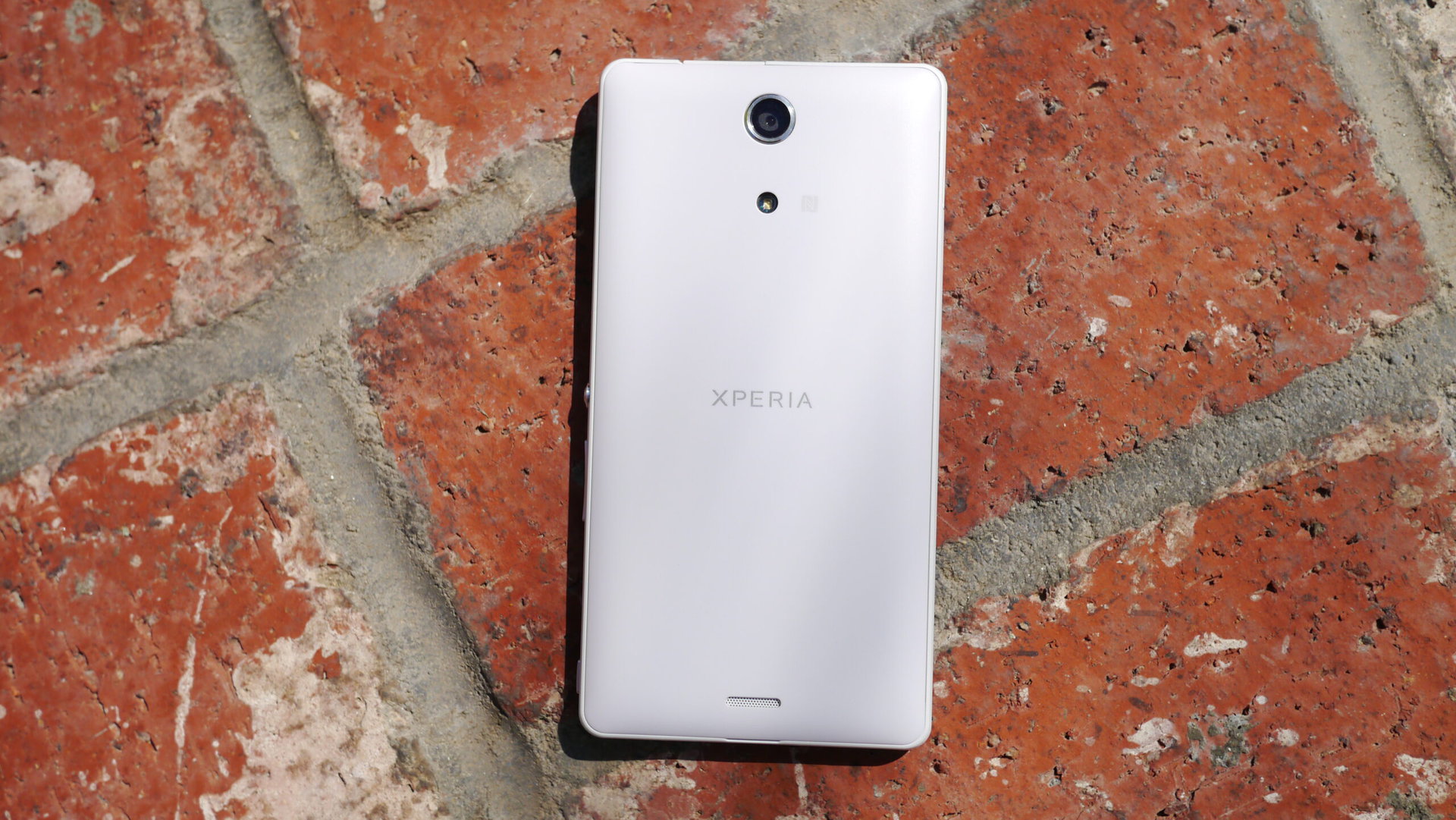
Obviously the 4 and a half inch form factor makes the Xperia ZR feel easy in the hands. Everything is easily reachable from a neutral grip, though the button layout does seem a little low considering the size of this phone. You may have to hike up the device in order to reach the buttons. This is really a minor gripe, however.
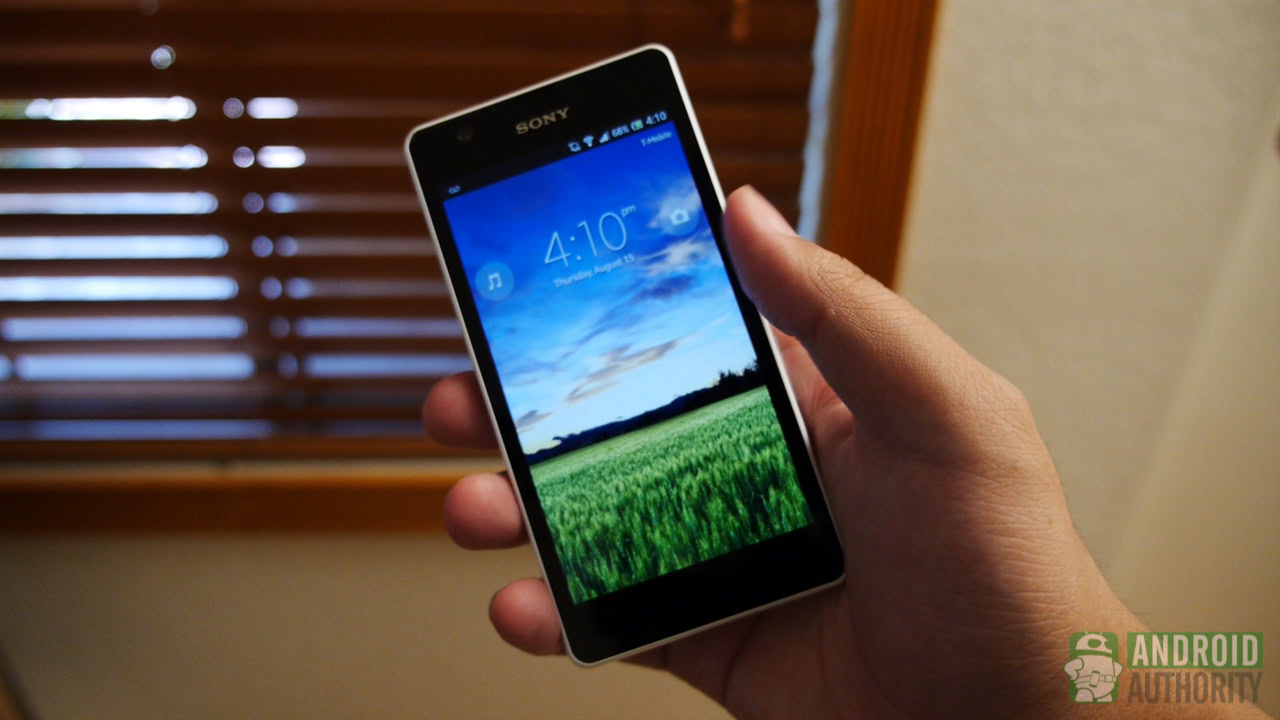
There is a lack of heft that is accompanied by a somewhat hollow feeling. All of this leads to, simultaneously, a phone that is very light but also toes the quality line. I wouldn’t go as far to say that it is a low quality build, but the smooth simple plastic and hollow feeling within somewhat detract from it.
See below for a gallery containing hi-res shots of the Xperia ZR.
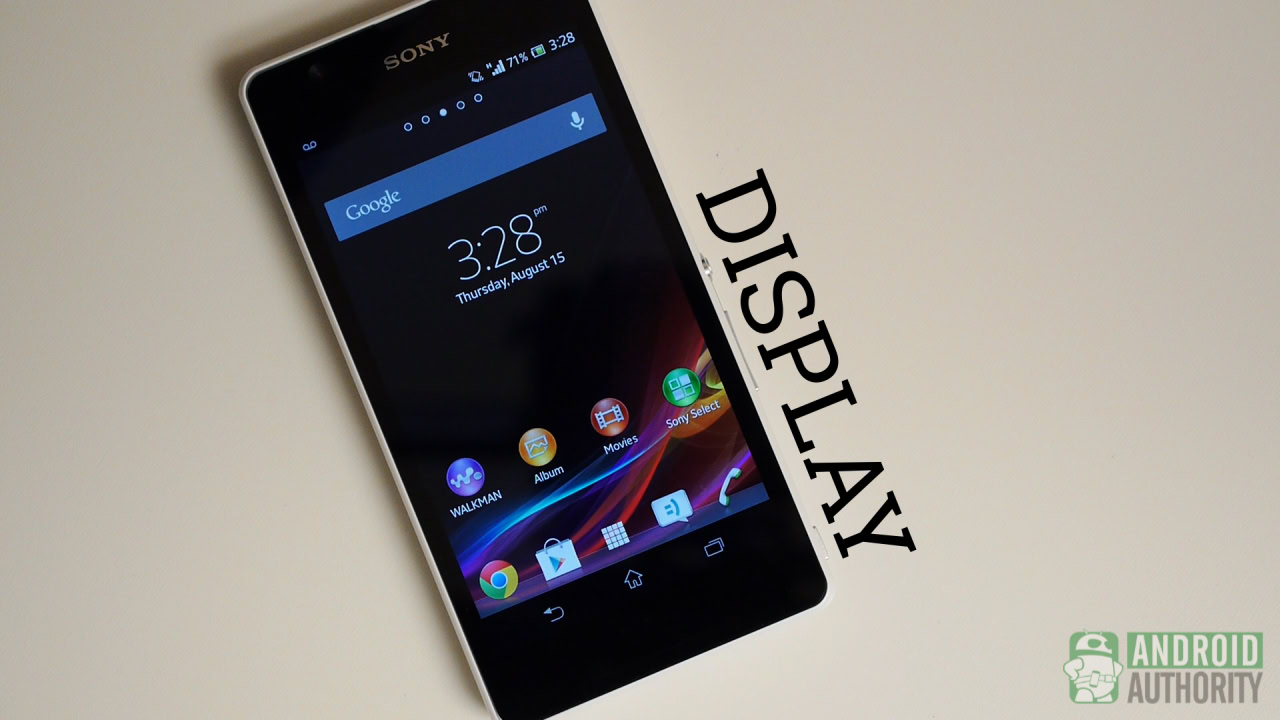
The TFT capacitive display is 4.55 inches large and packs a decent amount of power, which puts the Xperia ZR above its ‘mini’ counterparts. Capable of 720p and packing 323 pixels per inch, the display’s BRAVIA Engine also helps the color reproduction. Overall, this is much like a smaller version of the screen found on the Xperia Z, with some improvements.
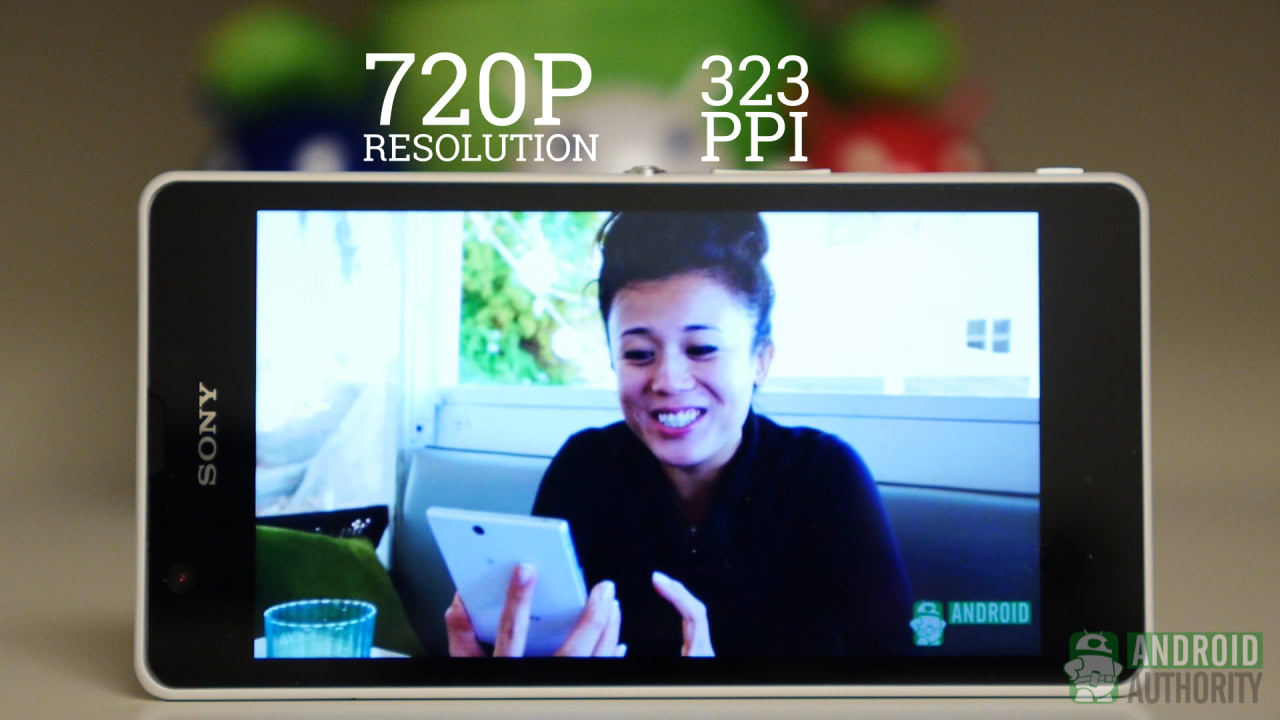
720p resolution has its benefits aside from pure display experience – it does actually help with the battery life and performance. Nonetheless, media is easy to view on the Xperia ZR’s Brightness is adequate, though you’ll need to crank it up in broad daylight. Colors do have a good level of contrast and thankfully Sony has gotten at least somewhat better at viewing angles since the original Xperia Z. The ZR brings the same Xperia display quality in a smaller size, which is a nice feat.
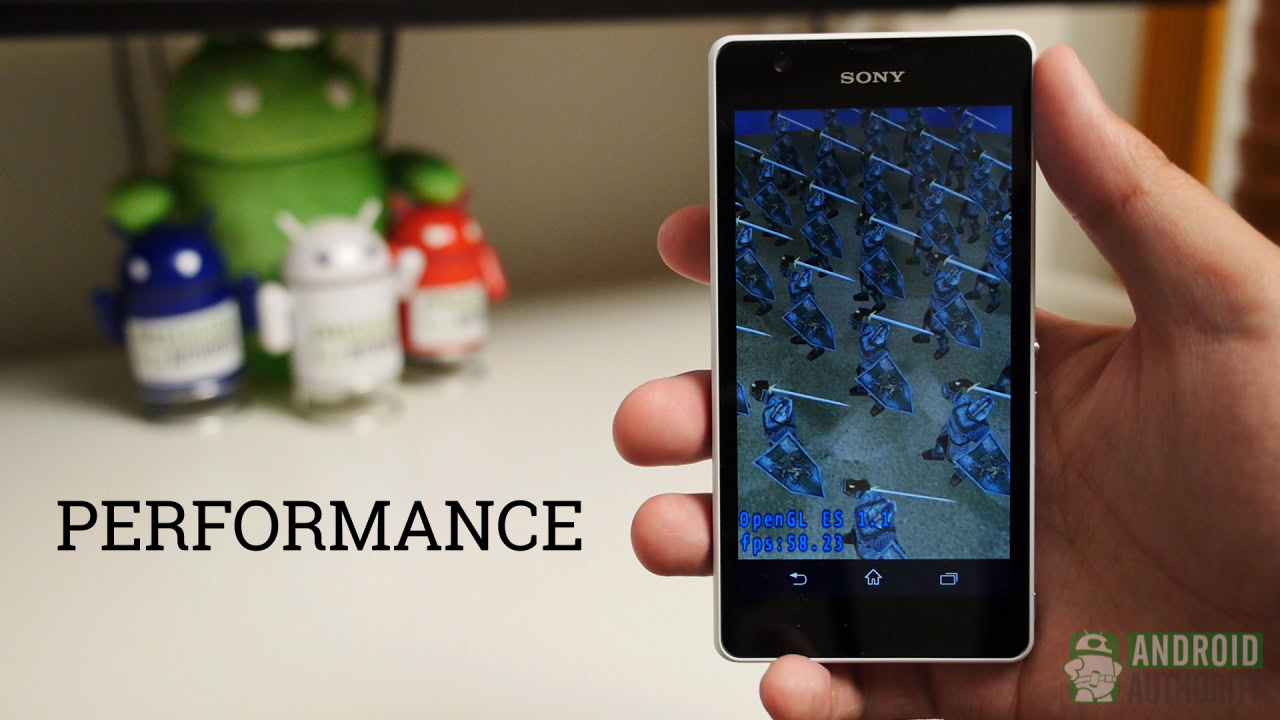
While we thought the Xperia Z kind of missed the mark by packing a then somewhat aging Snapdragon S4 Pro, the processor makes perfect sense for this later midrange offering. The quad-core processor clocks in at 1.5GHz and is backed by the Adreno 320 and 2GB of RAM.

As expected, users get good and reliable performance from a chipset that has had over the past year to prove itself. The somewhat simpler Xperia UI does help in this regard, so moving around the OS in the ZR is a smooth experience. General users will remain quite happy with their experience on the Xperia ZR, which is outfitted with enough power to handle just about anything today’s demands throw at it.
So, the Sony Xperia ZR is part of a growing number of devices that continue to prove that last year’s specs can hold up. After all, we are on the eve of the Moto X release and its usage of the Snapdragon S4 Pro has been pretty well received. Rest assured that the Xperia ZR certainly keeps up.
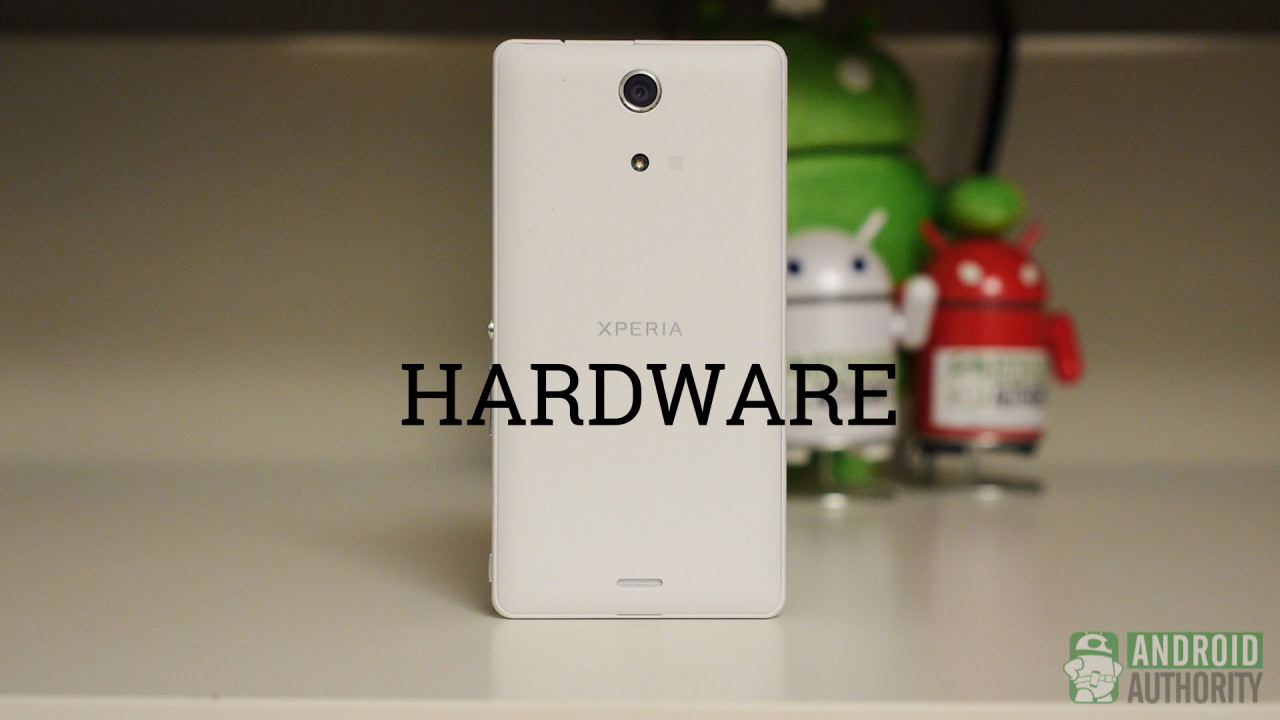
IP58 certification helps keep all of the hardware on the Xperia ZR dust free and protected in up to 1 meter of water. And you’d want to protect the all-important features of removable battery and microSD card slot, all found underneath that removable back cover.
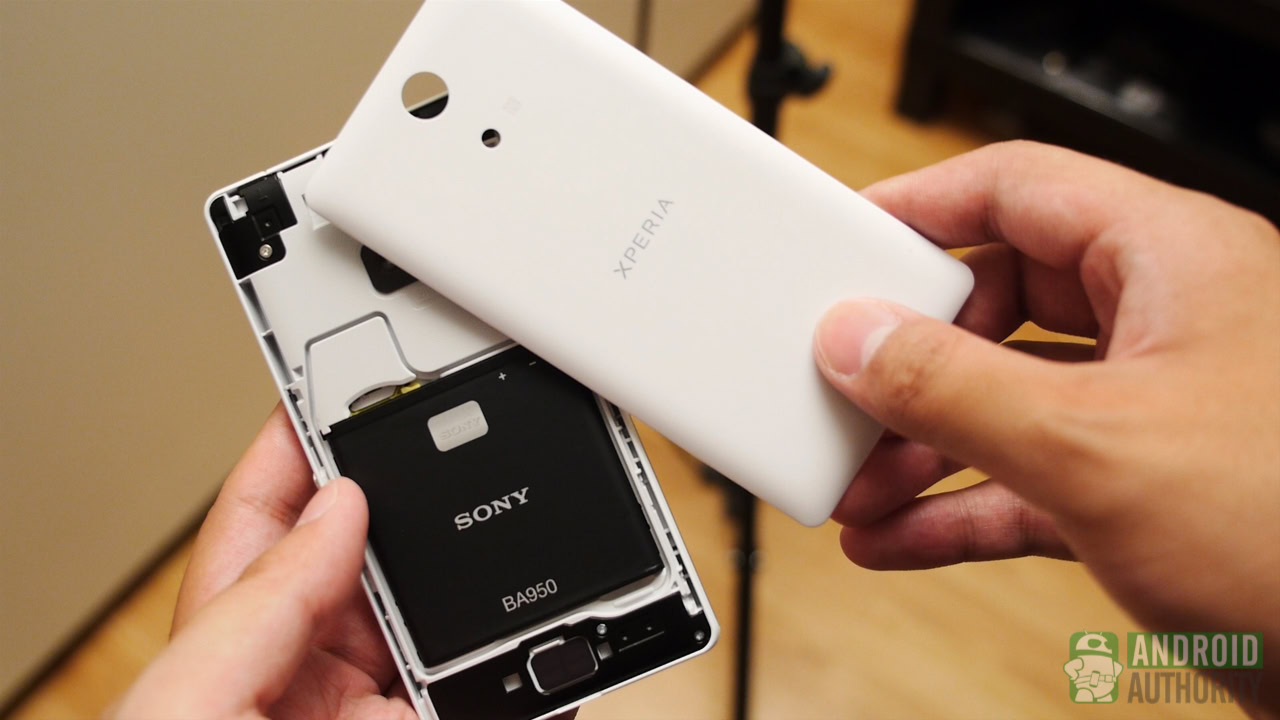
The rest of the story is pretty familiar, with Bluetooth, GPS, and NFC – but there is no IR blaster included. The speaker is relegated to one grill on the lower back, and, while it does get pretty loud, it has about the same quality as the Xperia Z before it – very tinny and lacking richness.
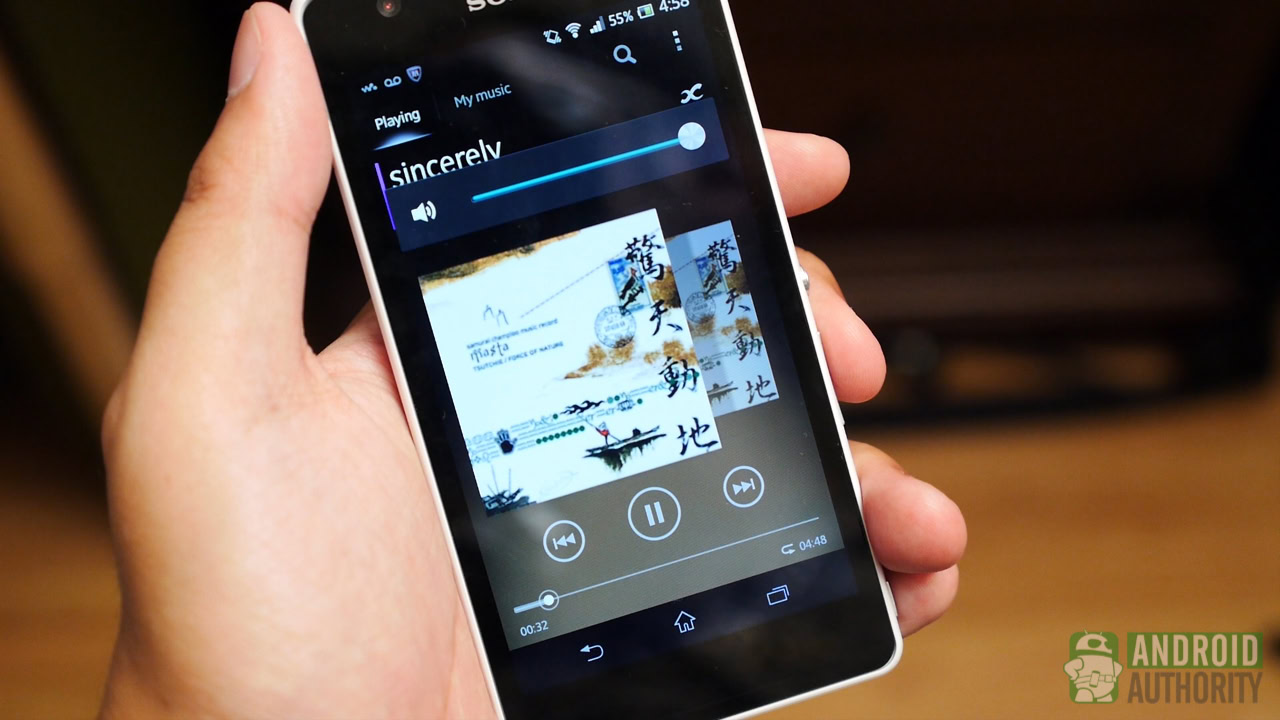
As is the case with all Xperia phones these days, a couple different versions are available for HSDPA and LTE connectivity, so be sure of what you’re getting for your network.
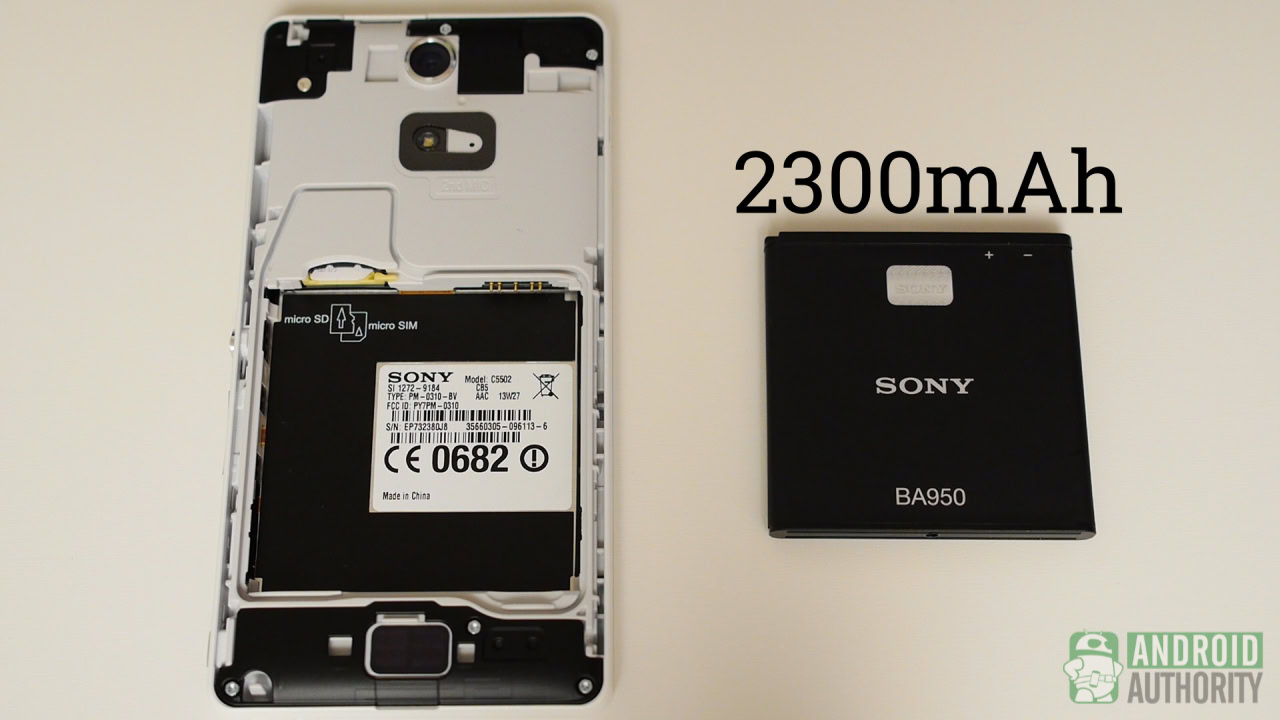
Being able to have a spare battery handy is often an important feature to users, but with the smaller specifications, the 2300mAh unit included with the Xperia ZR is able to go the distance. Straight video playback is able to crack the 7 hour mark and moderate to slightly heavy usage will take you from waking up to sleeping without tapping out. At the end of one long day, I still had 20% battery life left and was pretty pleasantly surprised that this 4.5 inch device wasn’t really breaking a sweat. In reality, this should have been expected considering there is less screen to display, less pixel density to process, and a less demanding processing package to power.
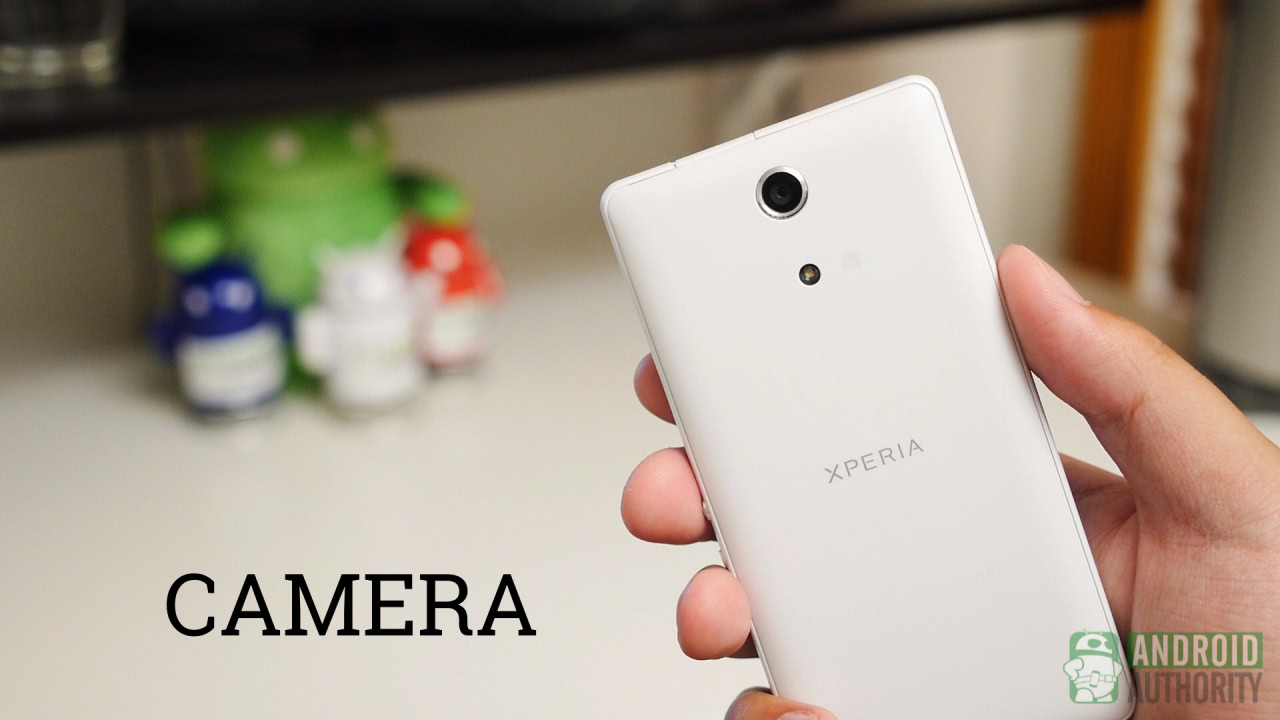
Even in the camera, Sony didn’t want to compromise high quality and power. For a smaller phone by today’s standards, having a 13MP camera is a little unheard of. Nonetheless, the Xperia ZR comes with a camera that can keep up with some of the top optics in the market. In the app, you get the usual Xperia additions like Superior Auto which finds the right scene mode for your shot. It is probably my favorite auto mode on a smartphone camera because it is not too intrusive – it just tells you what it will use for the scene so you can change it if needed.
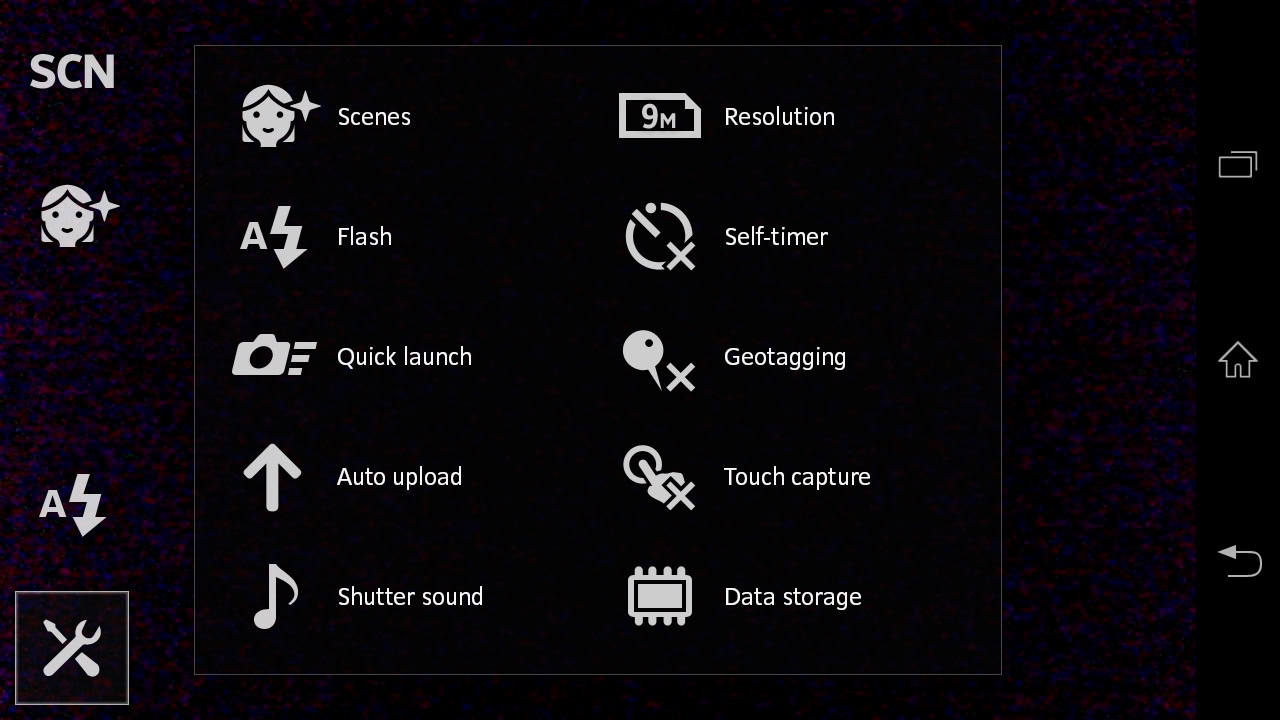
Otherwise, you get HDR, sweeping panorama, and a myriad of filters. Picture quality is quite decent and is very reminiscent of the good performing Xperia Z. Details are captured quite well and dullness in color reproduction is kept to a minimum. Without a full comparison it’s hard to see if the ZR really rivals or surpasses current top smartphone cameras, but from this cursory glance, it’s easy to like what comes out of these optics.

Low light shots obviously get more noise but the flash diode helps that. The ZR is also capable of 1080p video capture, effectively translating picture quality to movies. HDR can be turned on in video mode, too. Ultimately, you get a pretty great camera in a phone that is supposed to take a step back from the cutting edge.
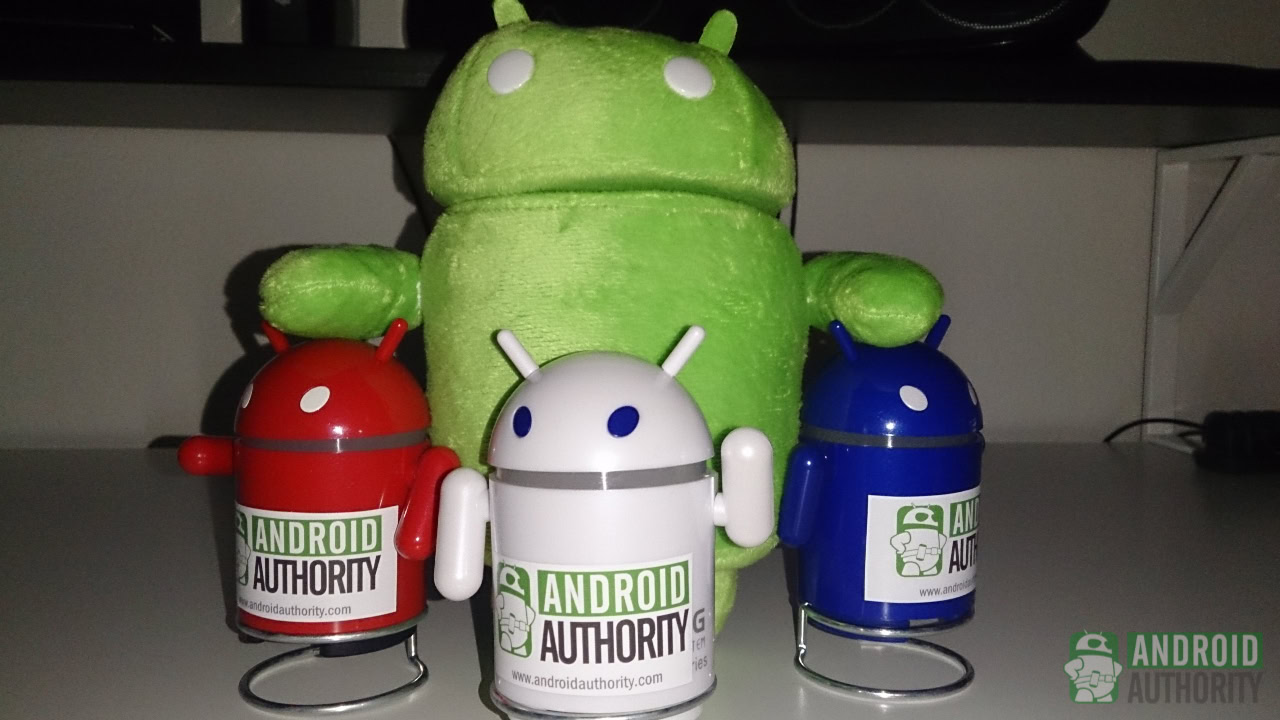
See the gallery below for pictures of the camera UI and for full resolution photos taken with the Xperia ZR.
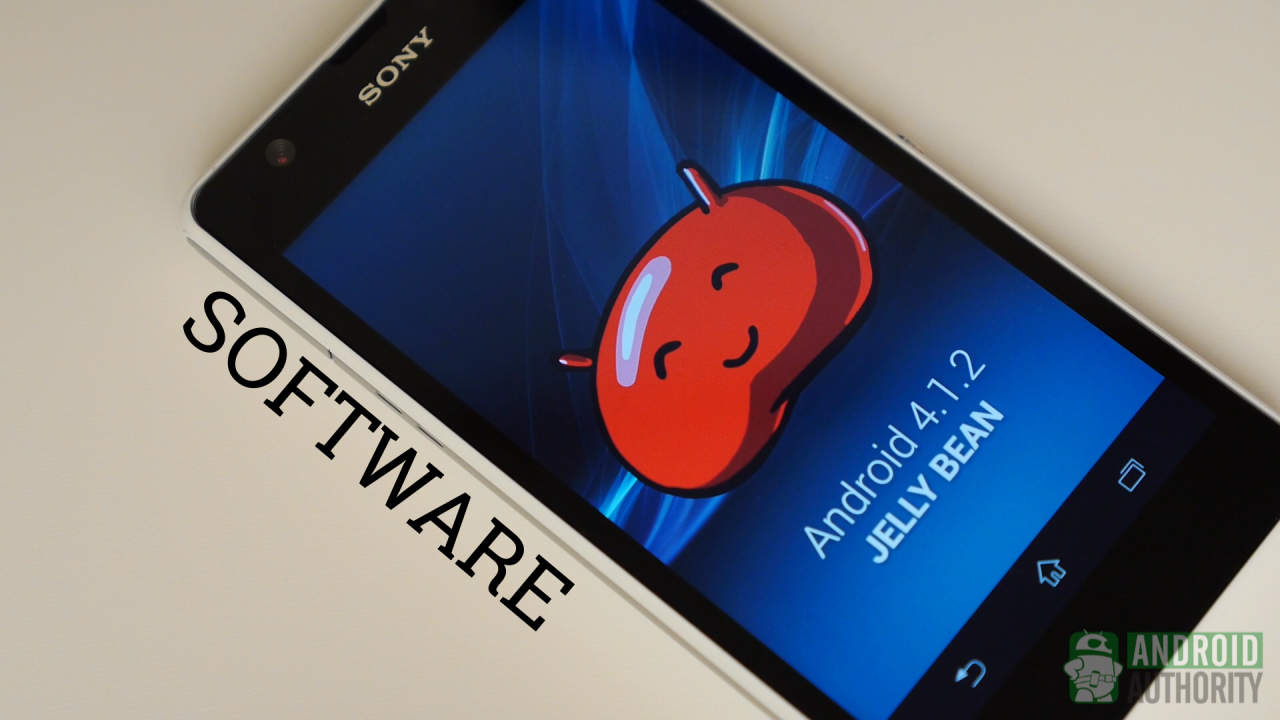
The Xperia UI is back in this Android 4.1 version that includes Google Now atop its own additions. The Xperia app staples of the Walkman, Movies, and Album bring Sony style to media consumption. And, since the Sony software can play a multitude of different file types, enjoying media is pretty easy.
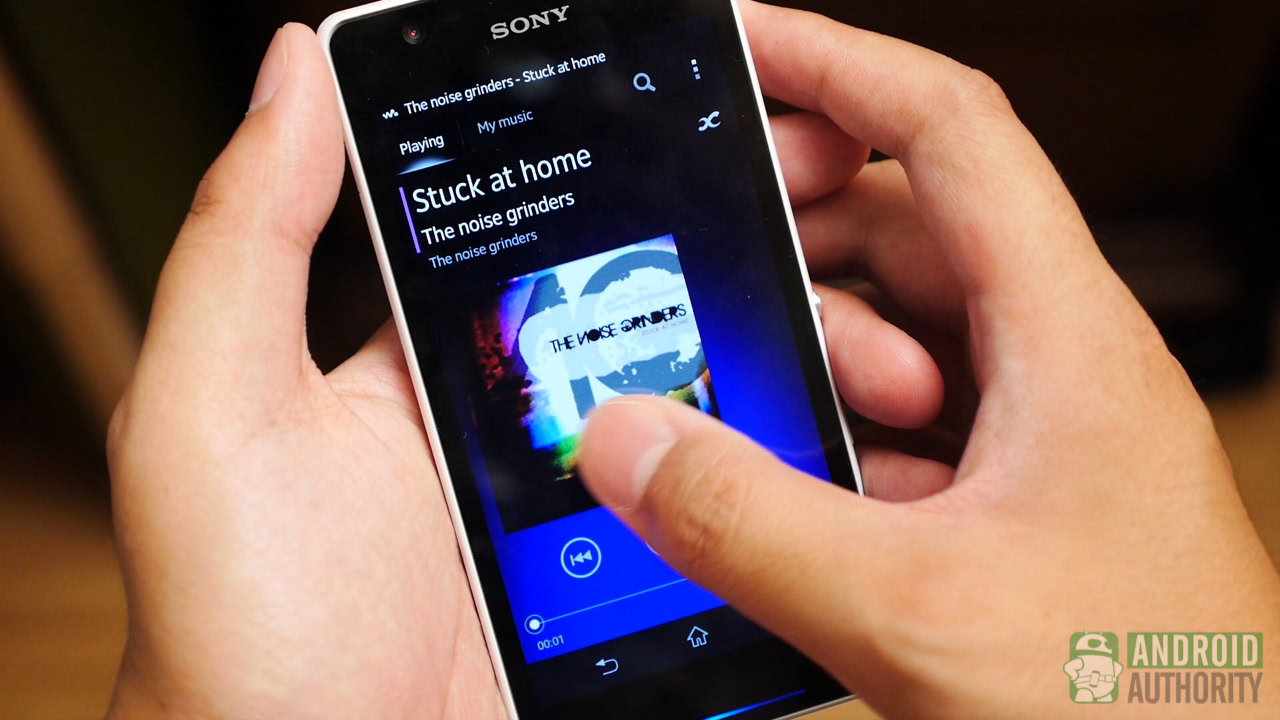
The only other real additions are the Small Apps, little overlays that go atop what you’re already doing. These are just simple tools like calculators and timers and notes but they do help with quick multitasking. I’ve always liked the Xperia UI, with its darker overall tones, because it’s like Sony’s own take on a mostly stock-looking Android. It’s simple, elegant, and doesn’t try too hard.
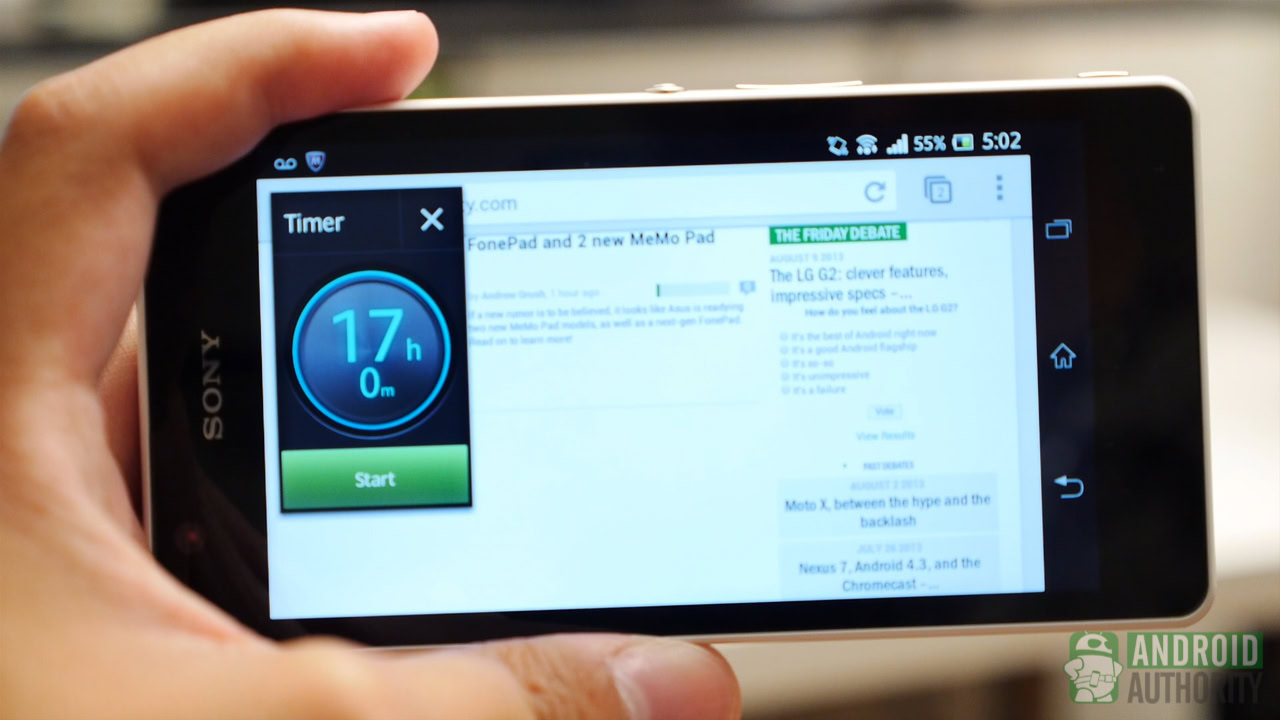
See below for a gallery containing screenshots of the Xperia UI.
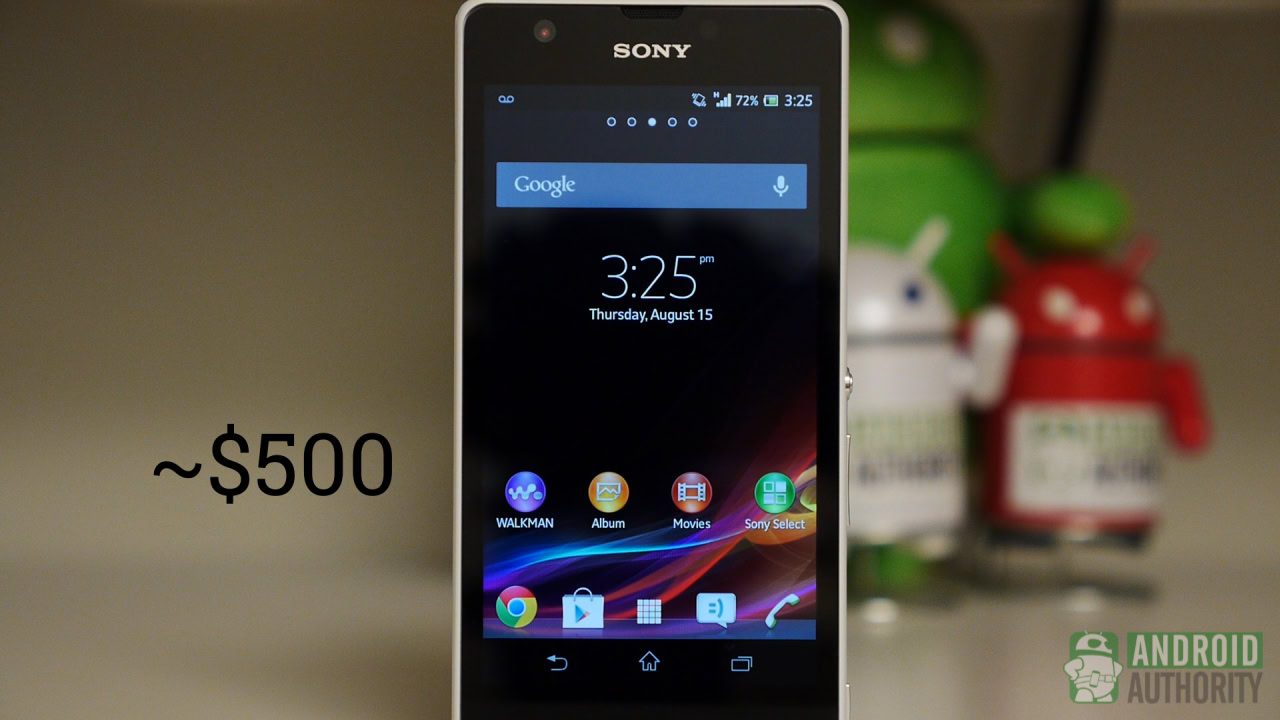
The Sony Xperia ZR isn’t currently available for any carriers in the States but you can find it unlocked for just under $500. Release info has been pretty light but we certainly hope that it does get on a carrier in the States soon.
And so, there you have it. I have to admit, I wasn’t quite expecting much when I first got the ZR, but that could be due to the multitudes of mid to low range offerings Samsung and LG consistently put out. For Sony to get into that game, I thought it would be more of the same. But this wasn’t the case.
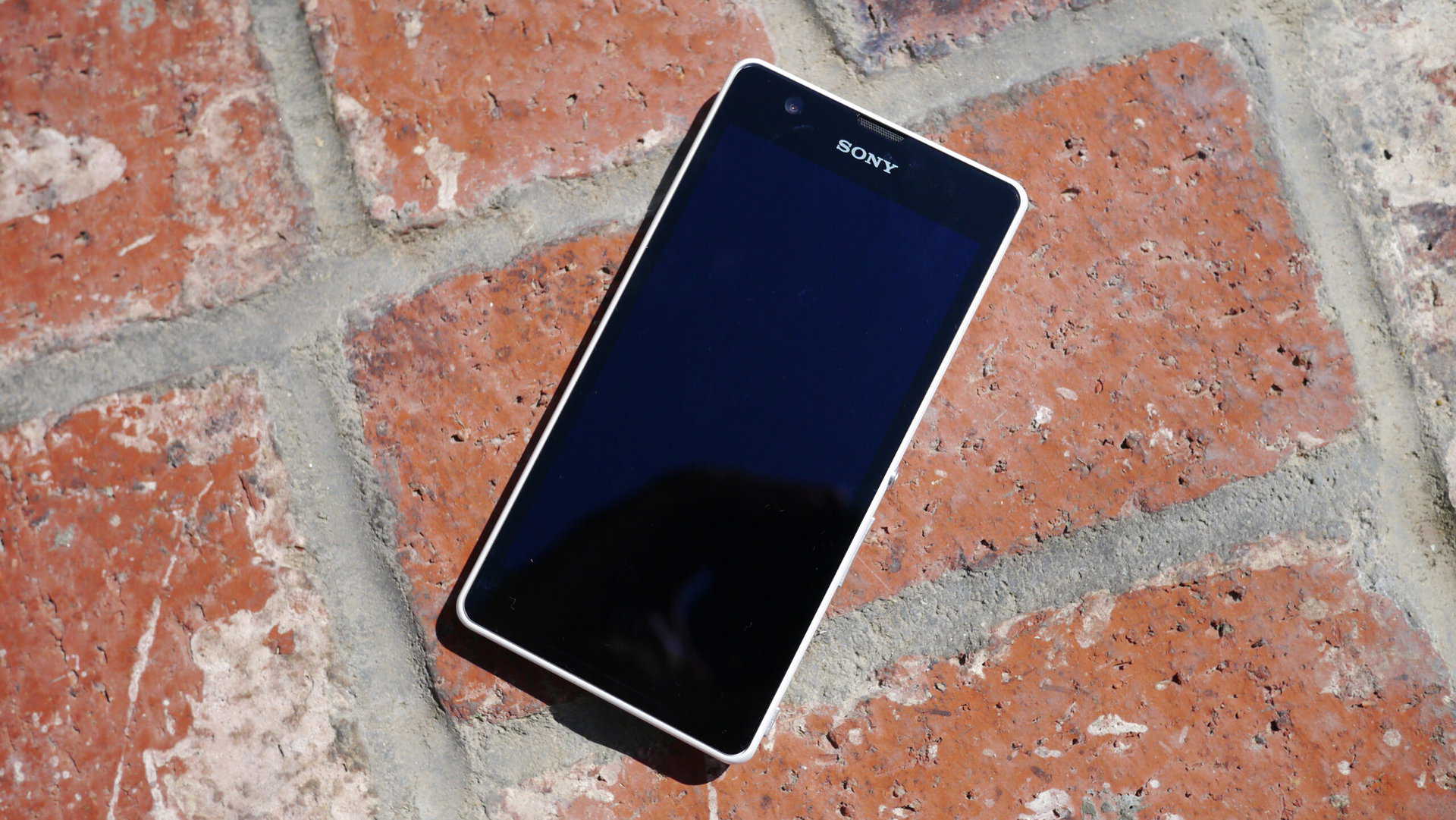
Even if the build and feel might leave a little to be desired, everything underneath is purely viable and deserves ample attention. The tried and true Snapdragon S4 Pro continues to flaunt its abilities, and features like expandable memory and 720p resolution for a smaller display help make the Xperia ZR an easily recommended device.
With the Moto X providing a similar experience along with the Xperia ZR, you now have choices for smaller and more easily accessible devices that provide as close to a top tier experience as they can. If you want a powerful experience without getting too crazy, the Xperia ZR is your bang for buck phone. It might not be on the cutting edge but it gets close enough that you might not even be able to tell the difference.
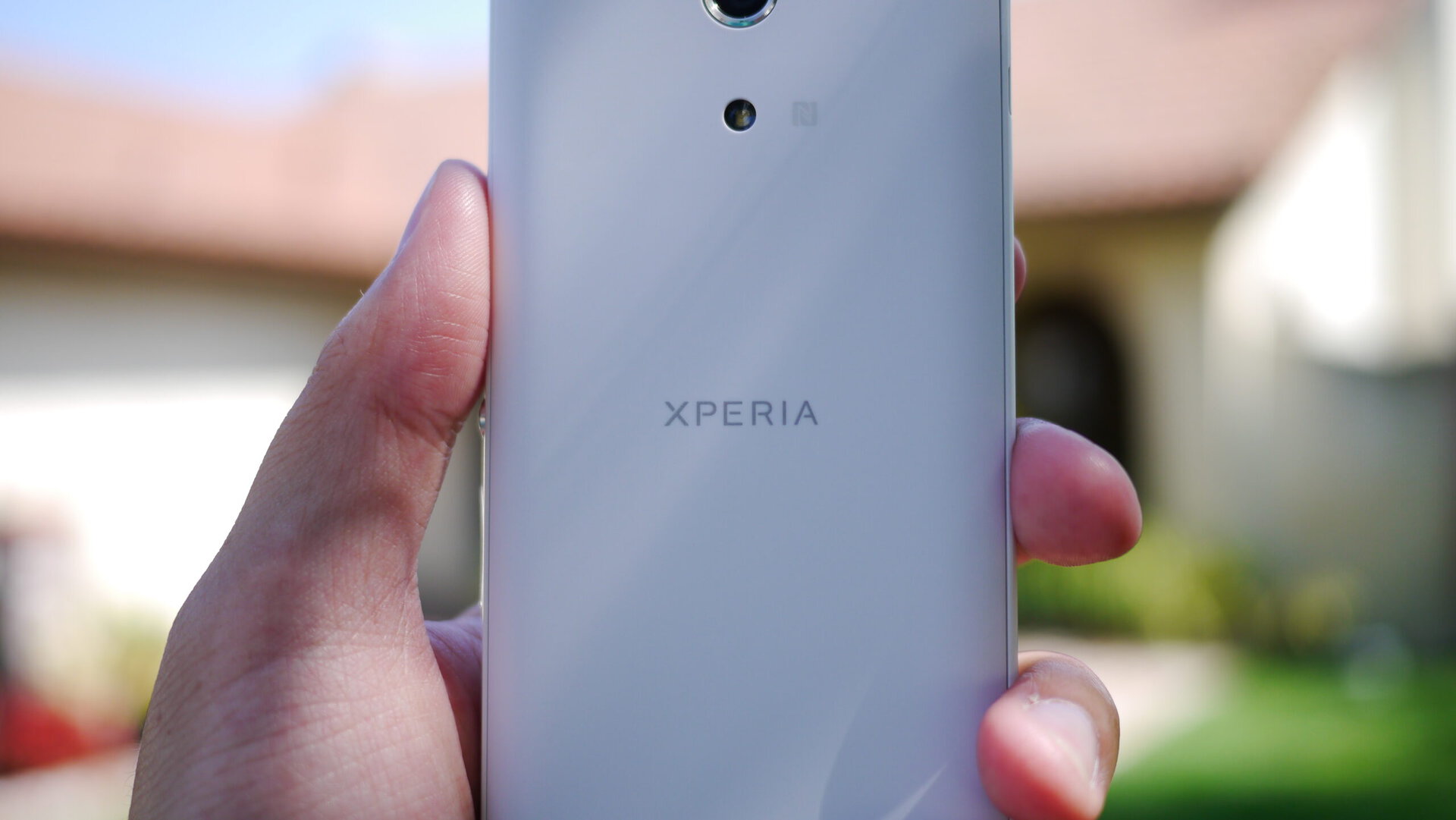
What do you think? How do you feel about Sony’s foray – somewhat – into the ‘mini’ game? While the Xperia ZR certainly doesn’t fit the usual description of many smaller versions of flagship phones out there, it certainly is the teenier Xperia Z. Let us know what you think of it in the comments!